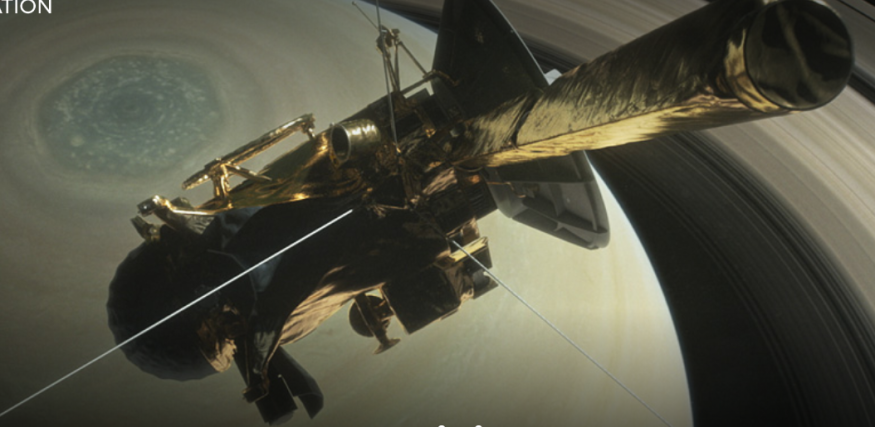
When NASA planned to set sail for Saturn, it had the help of the European Space Agency to create the Huygens probe that was then installed in the Cassini spacecraft and together, it is known as the Cassini-Huygens mission. Huygens was officially the first man-made probe to land on another entity in our solar system. Needless to say, the Huygens probe was a success as it was able to provide a huge amount of information about Saturn's moon Titan including the moon's winds and the number of gases in its atmosphere during its two-hour descent on the satellite back in 2005.
BRIEF HISTORY OF THE CASSINI-HUYGENS MISSION
The Cassini-Huygens spacecraft was launched from Earth back in 1997 and traveled for seven years until it separated from Cassini in December of 2004 and landed on the Adiri region within Saturn's moon Titan on January 14, 2005. This is a historical moment because this is the first landing accomplished in the outer solar system and the first landing on a satellite that is not Earth's Moon.
Engineers behind the Huygens probe expected that it would land on either land or ocean that is why they designed the probe to be adaptable to either environment and to gather data for a few hours in Titan's atmosphere and a short time at the surface. The Huygens probe was able to send data 90 minutes after touchdown. Based on the images that were taken by Cassini above Titan, the Huygens probe's landing site appeared to be a shoreline.
The Huygens probe consists of the probe itself which weighed about 318 kilograms and the probe support equipment which remained attached to the Cassini spacecraft. The probe was also installed with a 2.7-meter heat shield.
ANALYZING WHERE THE HUYGENS PROBE WENT WRONG
The European Space Agency reveals that Huygens had an unexpected issue during its landing: it was released from the spacecraft with a counter-clockwise spin meant to keep it stable while it slowly descends towards Titan's atmosphere. The spin unexpectedly slowed down the probe and after a while started to spin clockwise. Luckily, the clockwise spin happened at about the same rate that was expected for the counter-clockwise spin, meaning, the probe remained in its stable descent and although the timing of the planned observations was off, there was not much of a difference to have a significant impact on the gathered data.
With the help of engineers from the University of Orleans in France (under ESA contract), a two-year study was conducted to figure out what happened and what caused the unexpected spin change. According to the team, it was all because of the separation subsystem (SEPS) antenna and the radar altimeter (RA) antenna installed on the Huygens probe introduced an unexpected torque that was the opposite of the 36 angled vanes. This caused the vanes to amplify this torque which, in turn, caused the Huygens probe to slow down until the negative torque took over and reversed the spin.
Although the Cassini-Huygens mission is already over, these findings can help future probe designs and avoid these same issues in the future.










